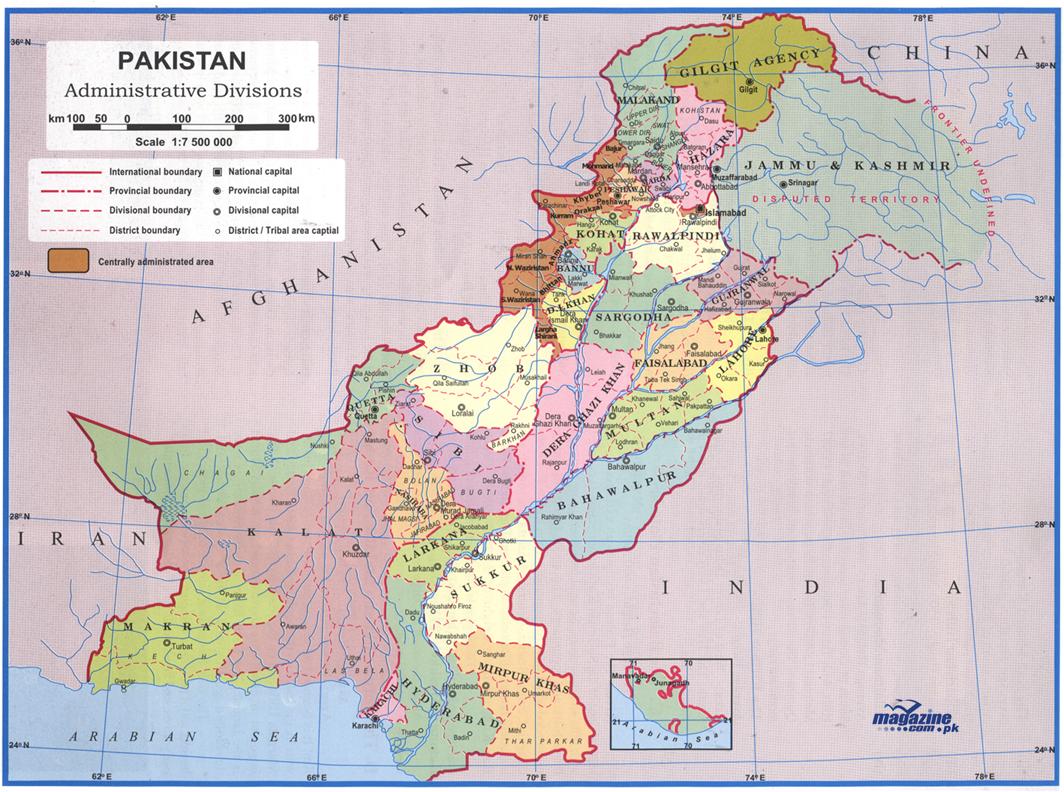Pakistan is a country that boasts a rich and diverse heritage, shaped by its historical significance, cultural diversity, and stunning landscapes. From the ancient Indus Valley Civilization to modern-day achievements, Pakistan has a story worth telling. In this article, we will delve into various aspects of Pakistan, including its geography, history, culture, and economy, all while ensuring a comprehensive understanding of what makes this nation unique.
As we explore the intricacies of Pakistan, it is essential to recognize its pivotal role in South Asia and the world at large. With its strategic location, cultural depth, and economic potential, Pakistan stands as a significant player on the global stage. Whether you are planning a visit, conducting research, or simply curious about this fascinating country, our exploration will provide valuable insights.
This article aims to adhere to the principles of E-E-A-T (Expertise, Authoritativeness, Trustworthiness) and YMYL (Your Money or Your Life). By presenting trustworthy information supported by credible sources, we aspire to foster a deeper understanding of Pakistan, encouraging readers to engage with its history and culture meaningfully.
Table of Contents
- Geography of Pakistan
- A Brief History of Pakistan
- Culture and Traditions
- The Economy of Pakistan
- Tourism in Pakistan
- Biodata and Personal Information
- Conclusion
- Sources
Geography of Pakistan
Pakistan is located in South Asia, bordered by India to the east, Afghanistan and Iran to the west, and China to the north. The Arabian Sea lies to the south, providing a coastline of approximately 1,046 kilometers. The country spans an area of about 881,913 square kilometers, making it the 33rd largest country in the world.
The topography of Pakistan is incredibly varied, ranging from the towering peaks of the Himalayas and the Karakoram Range in the north to the vast deserts of Thar and Cholistan in the south. This diverse geography contributes to a range of climates, from the frigid temperatures of the mountainous regions to the scorching heat of the plains.
Major Geographic Features
- Karakoram Range: Home to K2, the second-highest mountain in the world.
- Indus River: One of the longest rivers in the world, vital for agriculture and irrigation.
- Thar Desert: A vast arid region that spans both Pakistan and India.
A Brief History of Pakistan
The history of Pakistan is rich and complex, influenced by various civilizations over millennia. From the ancient Indus Valley Civilization, one of the world's earliest urban cultures, to the arrival of Islam in the region, Pakistan's historical narrative is a tapestry of cultural exchanges.
In 1947, Pakistan was established as an independent nation following the partition of British India. This momentous event marked the beginning of a new chapter in the region's history, with Pakistan emerging as a separate state for Muslims. Since then, the country has faced numerous challenges, including political instability, economic hurdles, and security concerns.
Key Historical Events
- Indus Valley Civilization (c. 2500 BCE): One of the world's earliest urban settlements.
- Islamic Conquest (8th Century): The introduction of Islam, shaping the region's cultural identity.
- Partition of India (1947): The creation of Pakistan as an independent nation.
Culture and Traditions
Pakistan is a melting pot of cultures, languages, and traditions. The country is home to over 200 million people, with diverse ethnic groups, including Punjabis, Sindhis, Pashtuns, and Baloch, each contributing to the rich cultural mosaic.
The official language is Urdu, while English is widely used in government and business. Additionally, regional languages such as Punjabi, Sindhi, Pashto, and Balochi are spoken by various communities.
Festivals and Celebrations
- Eid al-Fitr: Celebrated at the end of Ramadan, marking the conclusion of fasting.
- Eid al-Adha: Commemorates the willingness of Ibrahim (Abraham) to sacrifice his son.
- Independence Day: Celebrated on August 14 to commemorate the establishment of Pakistan.
The Economy of Pakistan
Pakistan's economy is diverse, encompassing agriculture, industry, and services. Agriculture plays a crucial role, employing a significant portion of the workforce and contributing substantially to GDP. Major crops include wheat, rice, sugarcane, and cotton.
In recent years, the government has made efforts to boost industrial growth, focusing on sectors such as textiles, cement, and pharmaceuticals. The services sector, including banking and telecommunications, has also seen significant expansion.
Economic Challenges and Opportunities
- Challenges: Political instability, energy shortages, and inflation.
- Opportunities: Strategic location for trade, a young workforce, and potential for tourism.
Tourism in Pakistan
Pakistan's natural beauty, historical landmarks, and cultural richness make it a rising destination for tourists. From the stunning landscapes of the northern regions to the vibrant cities of Lahore and Karachi, there is much to explore.
Popular tourist attractions include:
- Hunza Valley: Renowned for breathtaking scenery and hospitable locals.
- Skardu: A gateway to some of the world's highest peaks.
- Karachi: The bustling metropolis with a rich history and diverse culture.
Biodata and Personal Information
To provide a comprehensive understanding of Pakistan, here is a summary of key personal information related to the country's demographics:
| Data Point | Information |
|---|---|
| Population | Over 200 million |
| Official Language | Urdu |
| Currency | Pakistani Rupee (PKR) |
| Capital City | Islamabad |
| Major Religions | Islam, Hinduism, Christianity |
Conclusion
In conclusion, Pakistan is a country with a profound history, rich culture, and diverse geography. Understanding its significance in the global context allows us to appreciate the unique aspects that define this nation. As we have explored its geography, history, culture, and economy, we invite readers to further engage with Pakistan, whether through travel, study, or cultural exchange.
We encourage you to leave your thoughts in the comments below, share this article with others, and explore more about Pakistan's vibrant culture and history through our related articles.
Sources
To ensure the accuracy and reliability of the information presented in this article, we have referenced reputable sources, including:
- World Bank
- United Nations Development Programme (UNDP)
- Pakistan Bureau of Statistics




